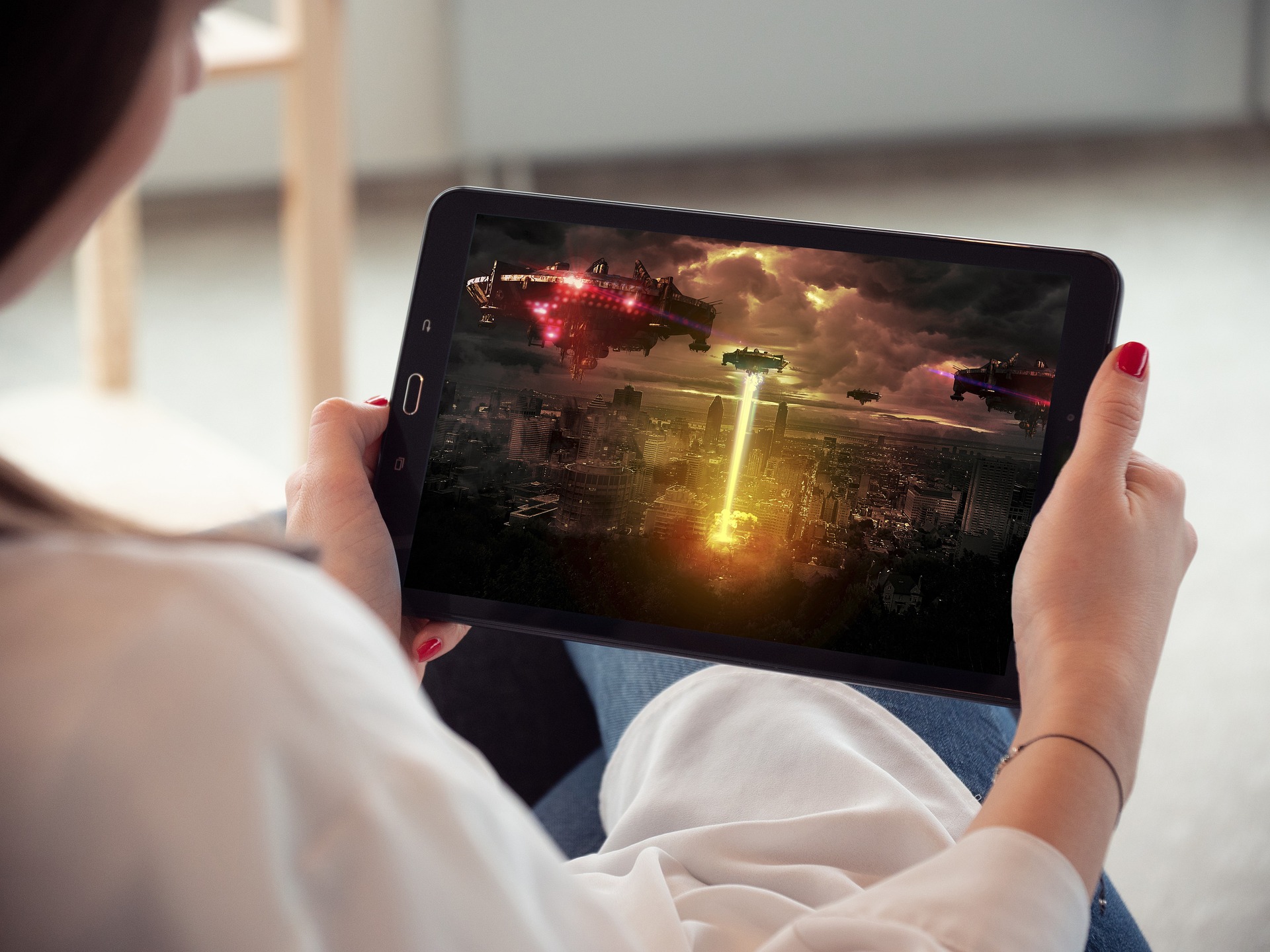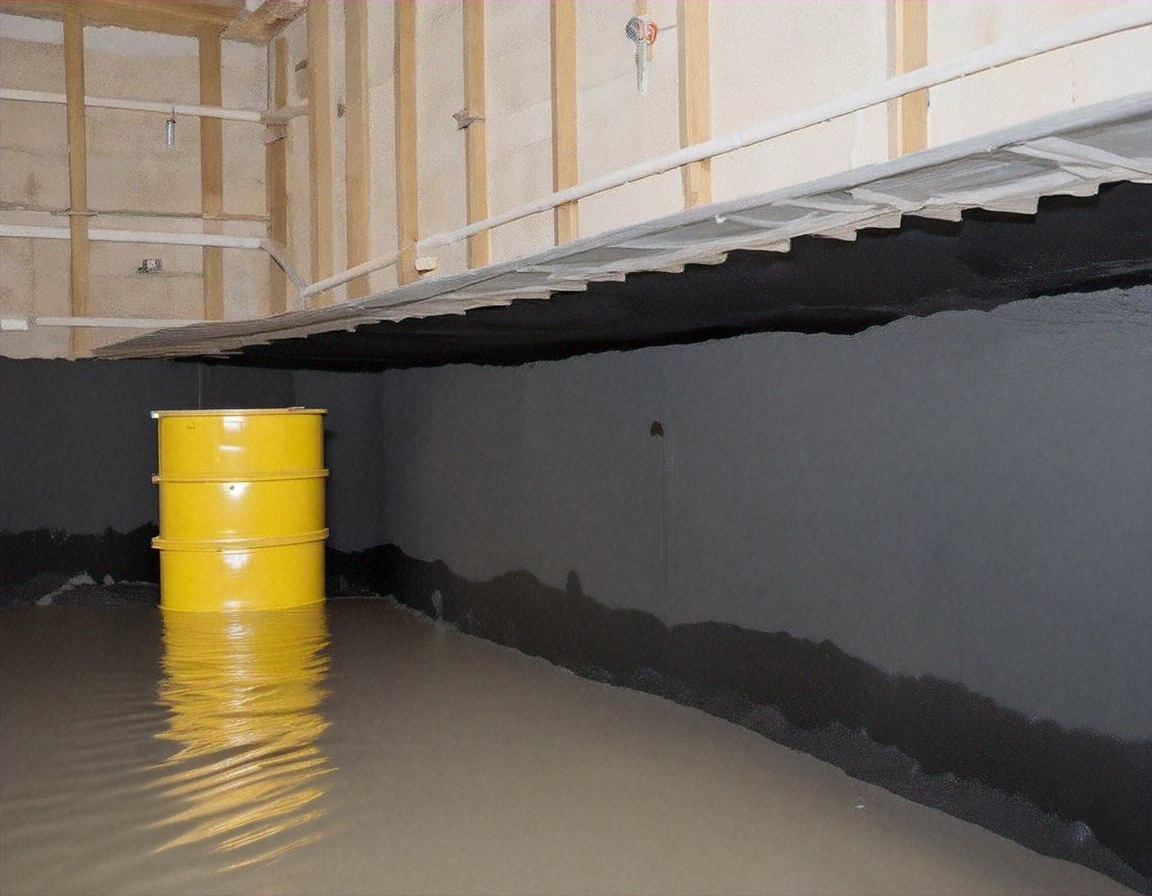Synesthesia in Arts: A Multisensory Encounter
The grandeur of the arts and entertainment industry lies in its ability to tap into our senses, immersing us in a world of creativity and expression. Yet, there is a fascinating phenomenon that merges the senses in an unexpected and vibrant way - synesthesia. This article delves into the influence of synesthesia on the arts, exploring its historical context, current developments, and the profound impact on both creators and consumers alike.

A Sensory Symphony: Understanding Synesthesia
Synesthesia is a neurological condition wherein stimulation of one sensory pathway involuntarily triggers another sensory pathway, creating unusual sensory experiences. For example, a synesthete might “see” music as colors or “taste” words. For many, this condition is far from a disorder; it’s a unique lens through which to experience the world.
This sensory blending has been around for centuries, with notable figures like painter Wassily Kandinsky and composer Alexander Scriabin among the known synesthetes. They used their experiences to create groundbreaking works, with Kandinsky’s abstract paintings and Scriabin’s color-coded music offering audiences a tantalizing taste of synesthesia.
Synesthesia Today: A New Wave of Sensory Art
In the contemporary arts scene, synesthesia continues to inspire. Artists like Melissa McCracken use their synesthesia to create stunning visual art, with her paintings of music being particularly noteworthy. Meanwhile, musician Pharrell Williams has spoken about how his synesthesia influences his songwriting, enabling him to create a rich, sensory soundscape.
The digital age has also brought new opportunities for synesthetic expression. Virtual reality experiences, for instance, have been designed to simulate synesthetic experiences, allowing audiences to see sounds or feel colors, blurring the boundaries between perception and reality.
The Impact: Transforming Perception and Reception
The influence of synesthesia on the arts goes beyond the creation process. It also impacts reception, as it encourages audiences to embrace a more multisensory approach to art appreciation. This can lead to a more immersive and personal experience, as it allows individuals to engage with art on multiple sensory levels.
Moreover, synesthetic art challenges traditional norms and expectations, pushing boundaries and opening doors for more experimental and innovative forms of expression. It underscores the idea that art is not confined to one sense but can be an all-encompassing, multi-dimensional experience.
The Significance: A Greater Understanding of the Human Experience
The integration of synesthesia into the arts serves as a reminder of the complexities and diversities of human experience. It demonstrates that perception is not universal; everyone perceives the world in their unique way.
Furthermore, synesthetic art is a testament to the power of the human brain and its capacity to perceive and interpret the world in extraordinary ways. It invites us to question and explore the limits of our sensory world, pushing us to seek new ways of understanding and interpreting the world around us.
A Multi-Sensory Future
As we continue to explore and understand synesthesia, its influence on the arts is likely to grow. This multi-sensory approach to creation and reception opens up exciting possibilities, encouraging us to experience and appreciate art in new, transformative ways.
Synesthesia in the arts is more than a sensory blending; it is a testament to the power of human creativity and the limitless potential of artistic expression. It encourages us to explore beyond the boundaries of our senses and immerse ourselves in the vibrant, multi-sensory world of the arts.
In a world that often prioritizes sight and sound, synesthesia reminds us to appreciate all our senses, to seek out the taste of color, the scent of a sound, or the texture of a word. It is a celebration of the complexity and diversity of human perception, enriching our understanding and appreciation of the arts along the way.




